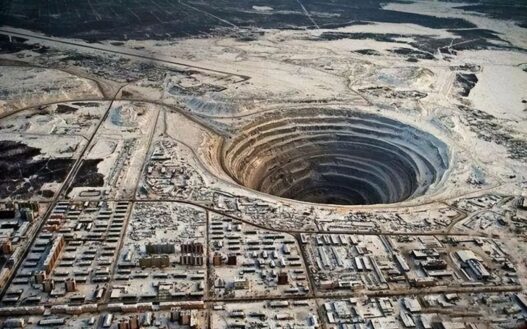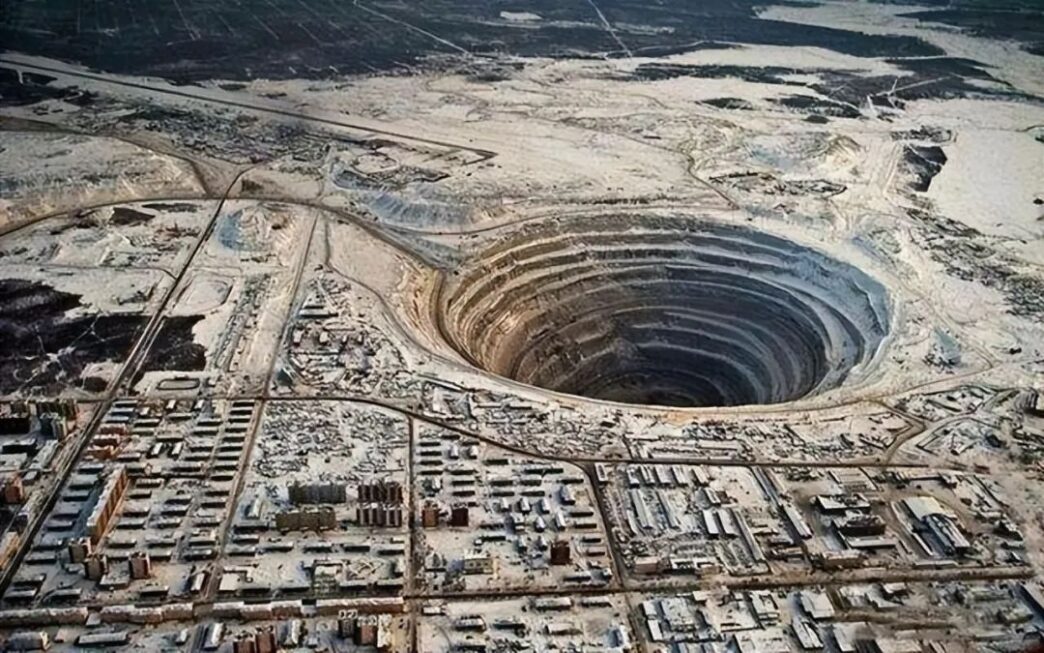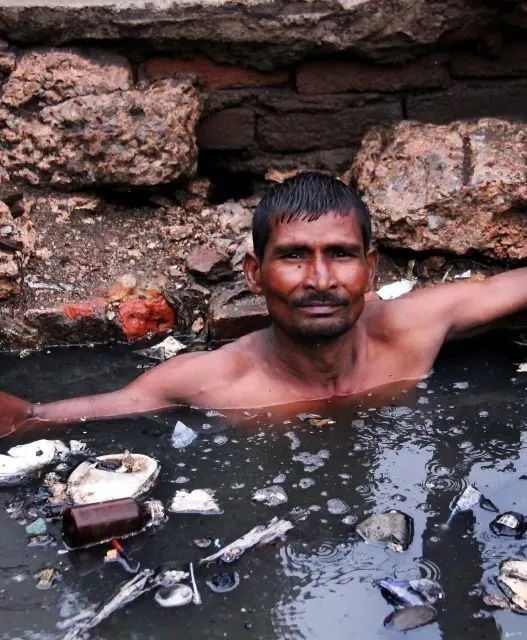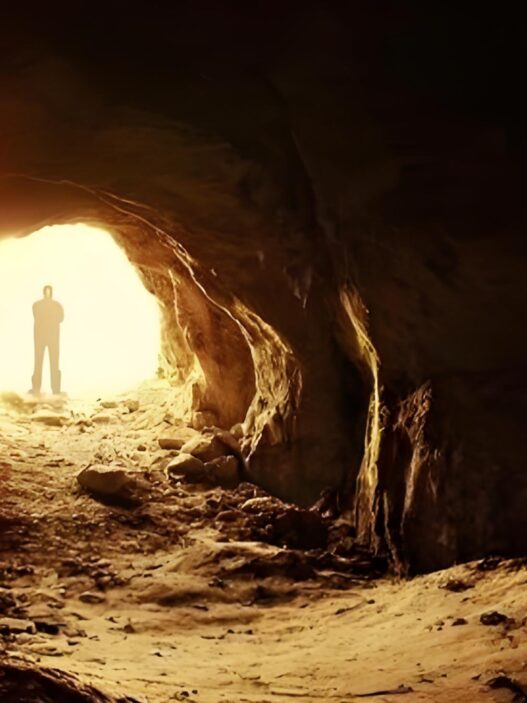It wasn’t that they couldn’t drill any deeper—it’s that they were too afraid to continue!
Rumors suggest that when the Soviet Union’s drilling reached 12,262 meters, something “strange” happened. The scientists present couldn’t explain it. Some say the team had drilled into a terrifying “gateway to hell,” leading to the closing of the hole with a 12-ton steel door. A 20-kilometer zone surrounding the site was immediately restricted to vehicles, pedestrians, and aircraft. So, what’s the truth behind this story? Let’s explore the infamous “Kola Superdeep Borehole.”
The Project Begins
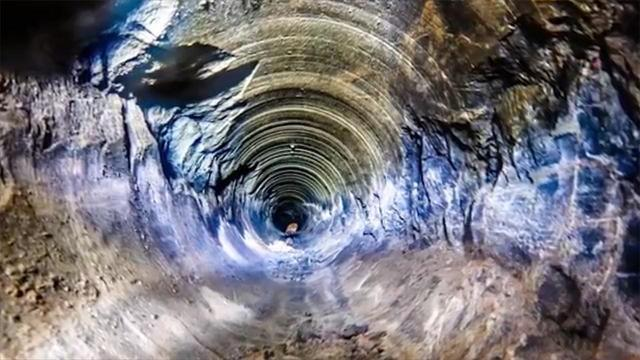
The year is 1956, a time when the Cold War between the Soviet Union and the United States was intensifying. While both superpowers weren’t directly at war, they were racing to surpass each other in every field, including exploring the heavens and digging into the Earth.
In 1956, the United States initiated the “Mohorovičić discontinuity” project (also known as the “Moho Project”). The goal was to drill through the Earth’s crust and reach the Moho, the boundary between the Earth’s crust and mantle. The Moho lies about 20–70 kilometers beneath continental landmasses and only 7–8 kilometers below ocean floors. The U.S. allocated $300 million for this project, using the “Glomar Challenger” drillship off the coast of Guadalupe Island to reach the Moho and extract rock samples.
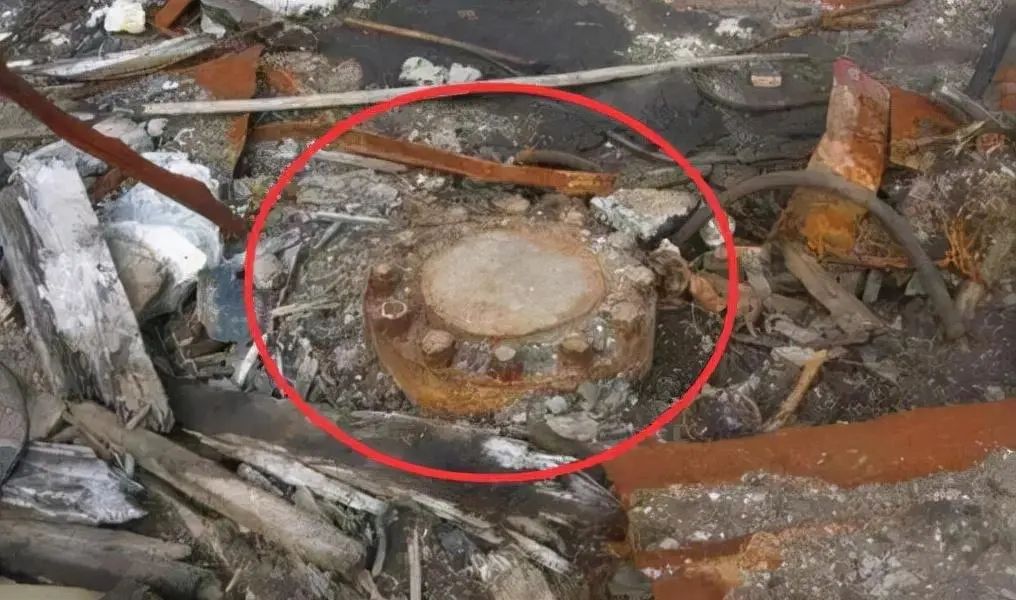
The first phase of the experiment was successful, collecting a 183-meter deep rock sample from the oceanic crust. However, the project soon hit major challenges. One geologist described the task as akin to standing atop a skyscraper, holding a long, thin spaghetti noodle, and trying to drill a hole in the street below. The manpower and resources required for such a feat far exceeded the initial budget. By 1966, the Moho Project was abandoned.
Seeing the United States struggle, the Soviet Union responded with a much more ambitious plan, launching their “Earth Telescope” project. The Soviets were determined to drill through the Earth, setting out to beat the Americans at this new frontier.
How Did They Drill?
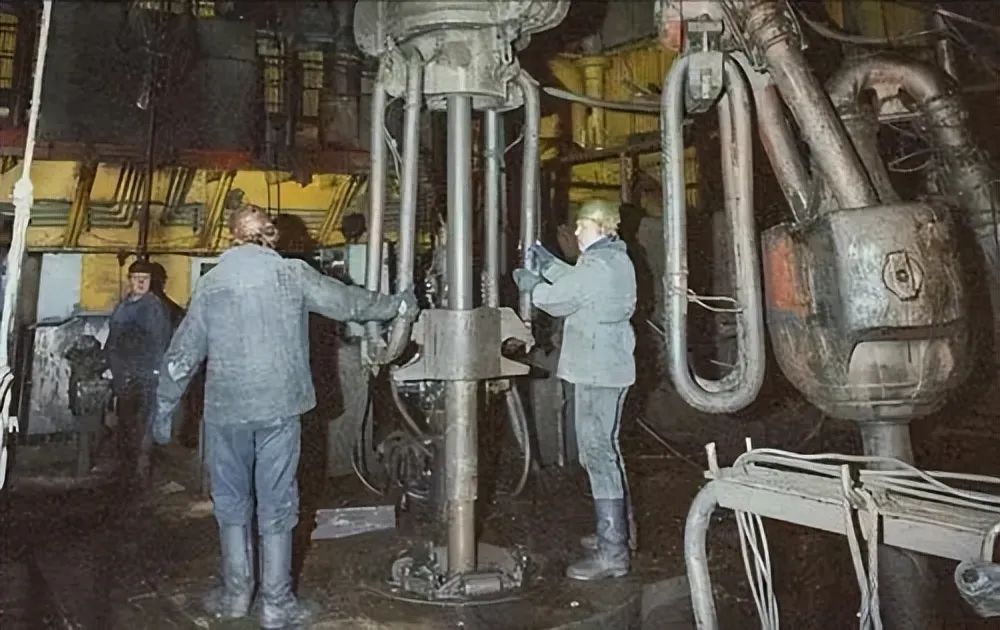
To begin, the Soviets relied on the same method used for oil drilling: a rotating drilling rig, a sturdy drill rod, and a hard drill bit. However, given the unprecedented depth they aimed to reach, all components required reinforcement, though not necessarily as advanced as space technology. The Soviets were determined to surpass the Americans in their deep-earth efforts, as they were in the midst of an intense space race.
With everything prepared, the drilling began.
At first, progress was smooth. After all, humanity already had experience drilling thousands of meters for oil, so drilling a few kilometers didn’t seem like much of a challenge. But as the drilling depth increased, so did the difficulties. Yet, the dedicated team of scientists kept going, supported by up to 16 labs at various stages of the project, all supervised by the Soviet Ministry of Geology.
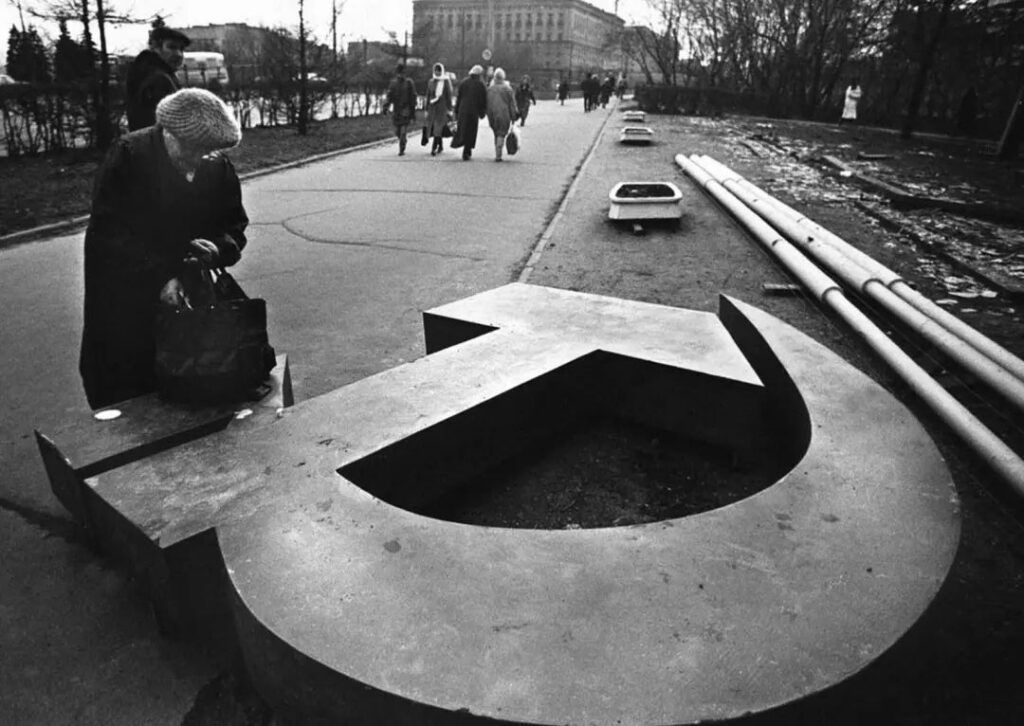
By 7,000 meters, they had passed through the hard granite layer and entered softer sedimentary rock. However, at this point, the drill bit became stuck due to irregular voids in the rock. The drilling rod broke, requiring a cement seal and a new drilling path to continue. These setbacks repeated, causing the project to extend over several years. By June 1979, the drilling had surpassed 9,583 meters, breaking the record previously held by Oklahoma’s Berthar Rogers Superdeep Well.
In 1983, the drilling reached 12,066 meters, and with the 1984 International Geological Conference in Moscow approaching, the project was temporarily paused.
Unexpected Challenges

When drilling resumed in September 1984, disaster struck. The drill rod broke during the first attempt to continue, causing a five-kilometer-long drill column to become stuck. The project was forced to restart from 7,000 meters, delaying progress even further.
By 1989, they had reached 12 kilometers, and scientists optimistically predicted that they would hit 13.5 kilometers the following year, eventually reaching 15 kilometers.
But in 1992, at a depth of 12,262 meters, the project abruptly stopped. The drilling team withdrew, and the hole was sealed with a 12-ton steel door. The equipment was left behind, and those involved in the project reportedly became silent about the events that transpired.
Why Did They Stop?
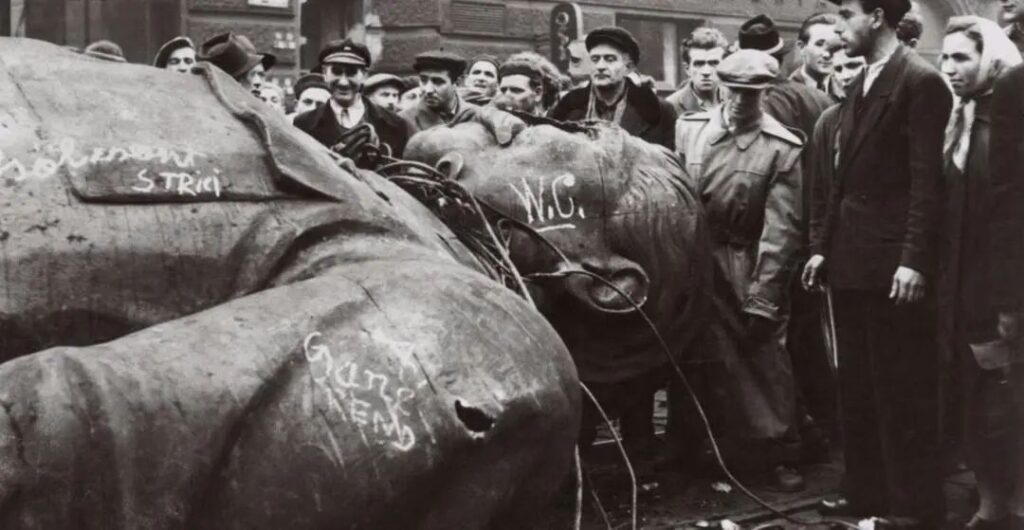
The most popular explanation for the sudden halt is that the team encountered inexplicable supernatural phenomena. At around 12,000 meters, they allegedly found a massive void, a cliff-like hole, which was impossible to explore. A high-temperature audio recorder was lowered into the hole, and it reportedly captured eerie sounds resembling the cries of human souls. Those present described the sounds as the anguished screams of damned souls, as if countless individuals were suffering immense pain. The scientists believed they had drilled into the Earth’s surface and reached “the gateway to hell.”
After this, the research team and officials were reportedly too afraid to continue. These events were deemed highly classified, and information about them was sealed off.
However, a more plausible explanation lies in the technological limitations they faced.
The Real Reason: Technological Limitations
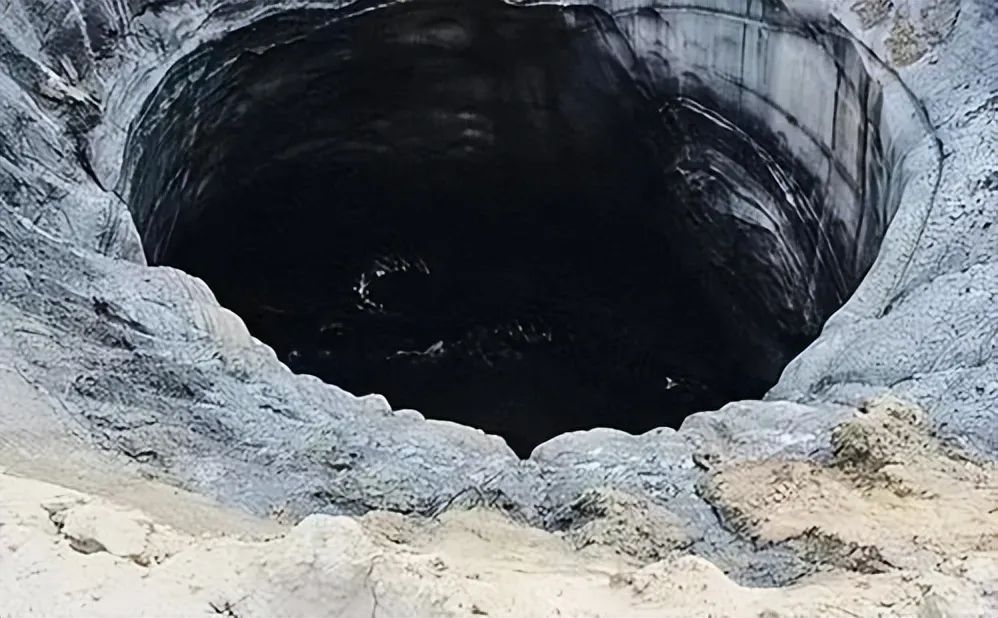
As they drilled deeper, the temperature increased. For every 100 meters, the temperature rose by about 3 degrees Celsius. At a depth of 10,000 meters, the temperature reached over 300°C, which caused rapid wear on the drill bits. Even when high-temperature resistant bits were used, they proved ineffective due to the extreme heat and the immense energy generated by the drilling process.
Continuing the drilling would have required constant replacement of the drill bits, each of which cost tens of thousands of dollars. With each replacement, valuable time was lost. A full exchange of the drill bit could take up to eight hours, forcing the team to repeat this physically demanding process every day.
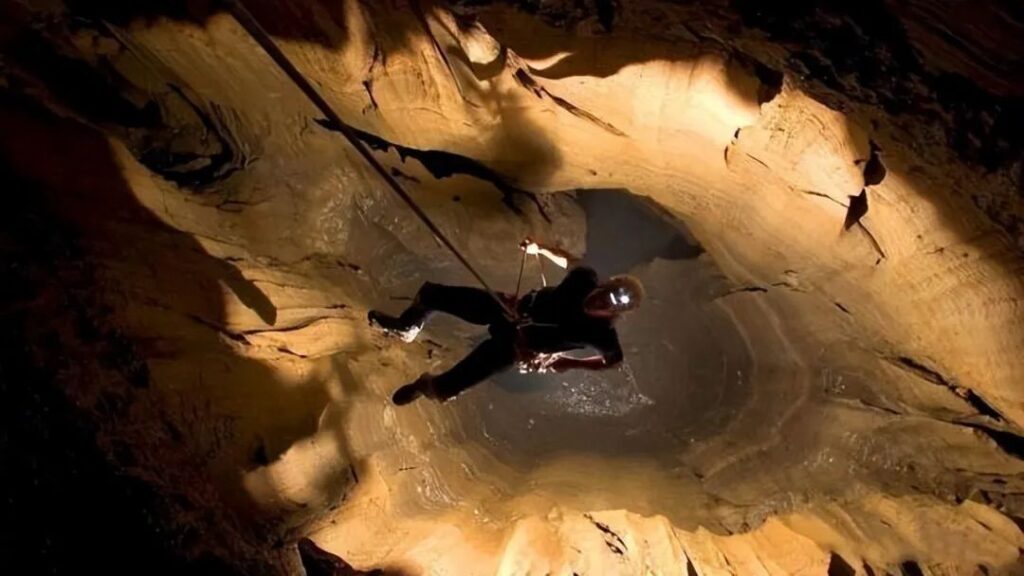
Additionally, the project became unsustainable due to costs. The economic strain and diminishing returns meant that continuing the drilling no longer seemed worth it. As a result, the project was ultimately abandoned.
The Conspiracy Theory
Some conspiracy theories suggest that the story about drilling into a “gateway to hell” and recording “hellish sounds” was a fabrication. The Soviet Union may have intentionally spread these rumors to mask the real reason for halting the project: financial strain. The immense costs of continuing the drilling made it clear that this scientific endeavor was no longer viable, and the project had to be stopped for economic reasons.
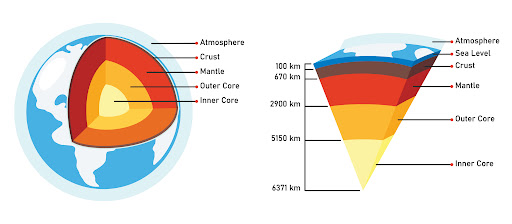
In the end, the Kola Superdeep Borehole remains one of the most fascinating (and mysterious) projects in human scientific history, sparking both awe and speculation. Despite the drama, the real reason for its cessation likely lies in the limitations of technology and resources—an expensive lesson in the pursuit of the Earth’s deepest secrets.







